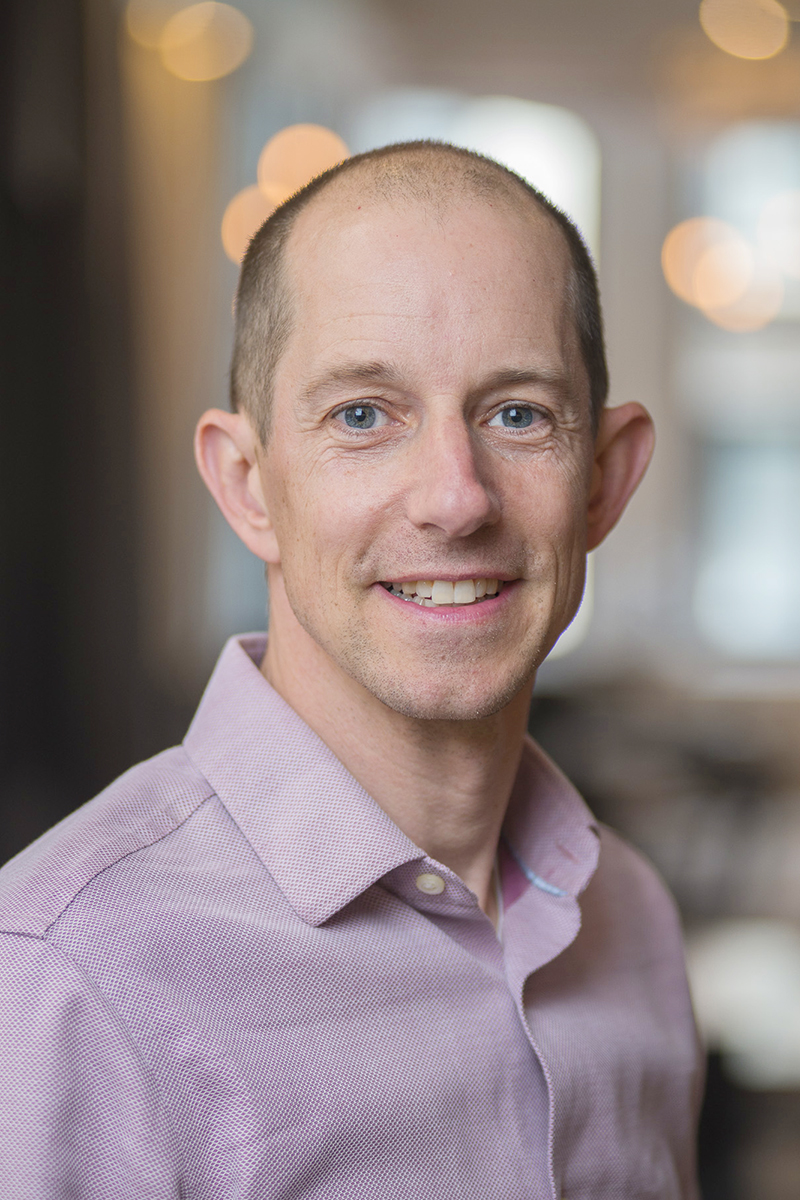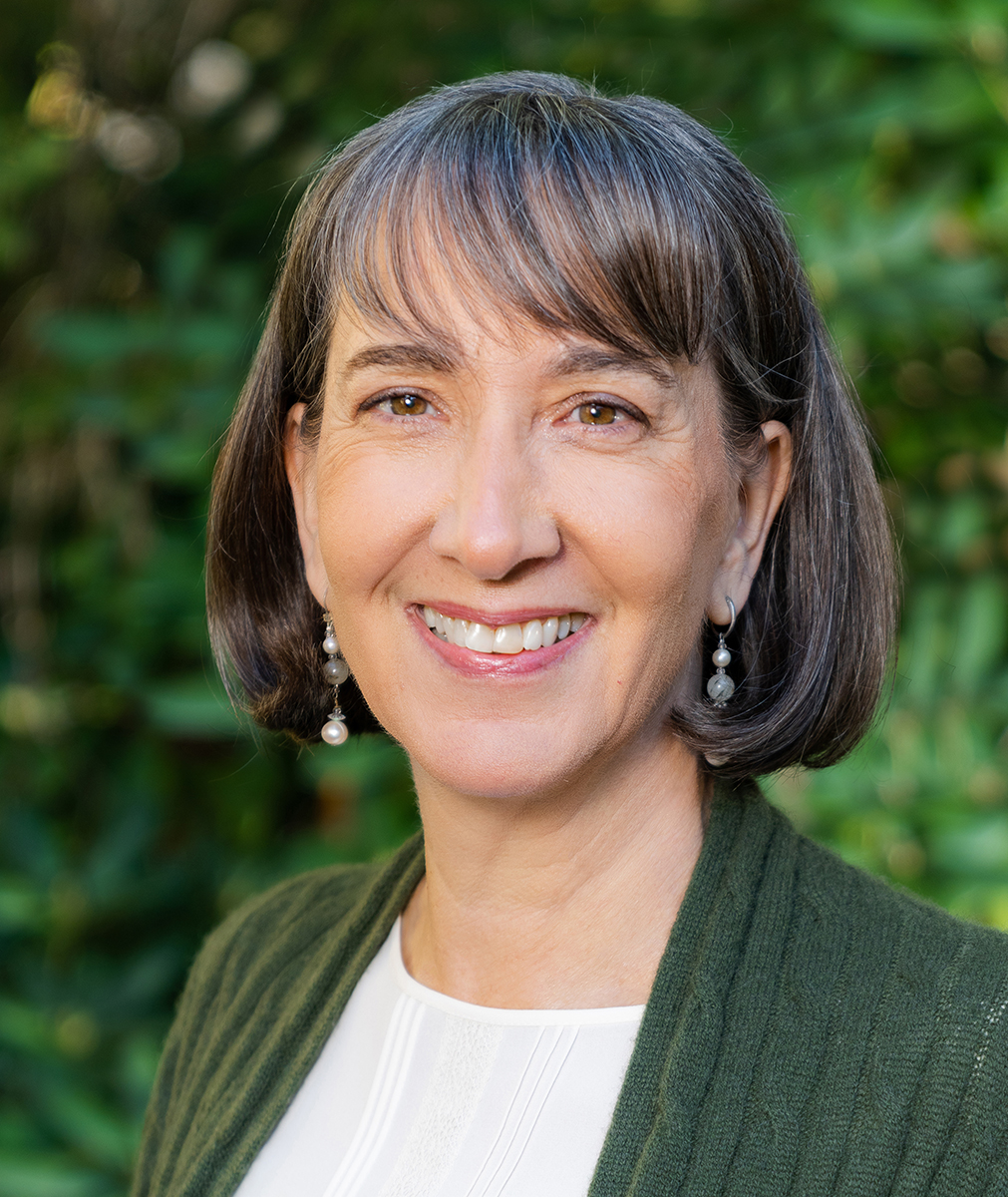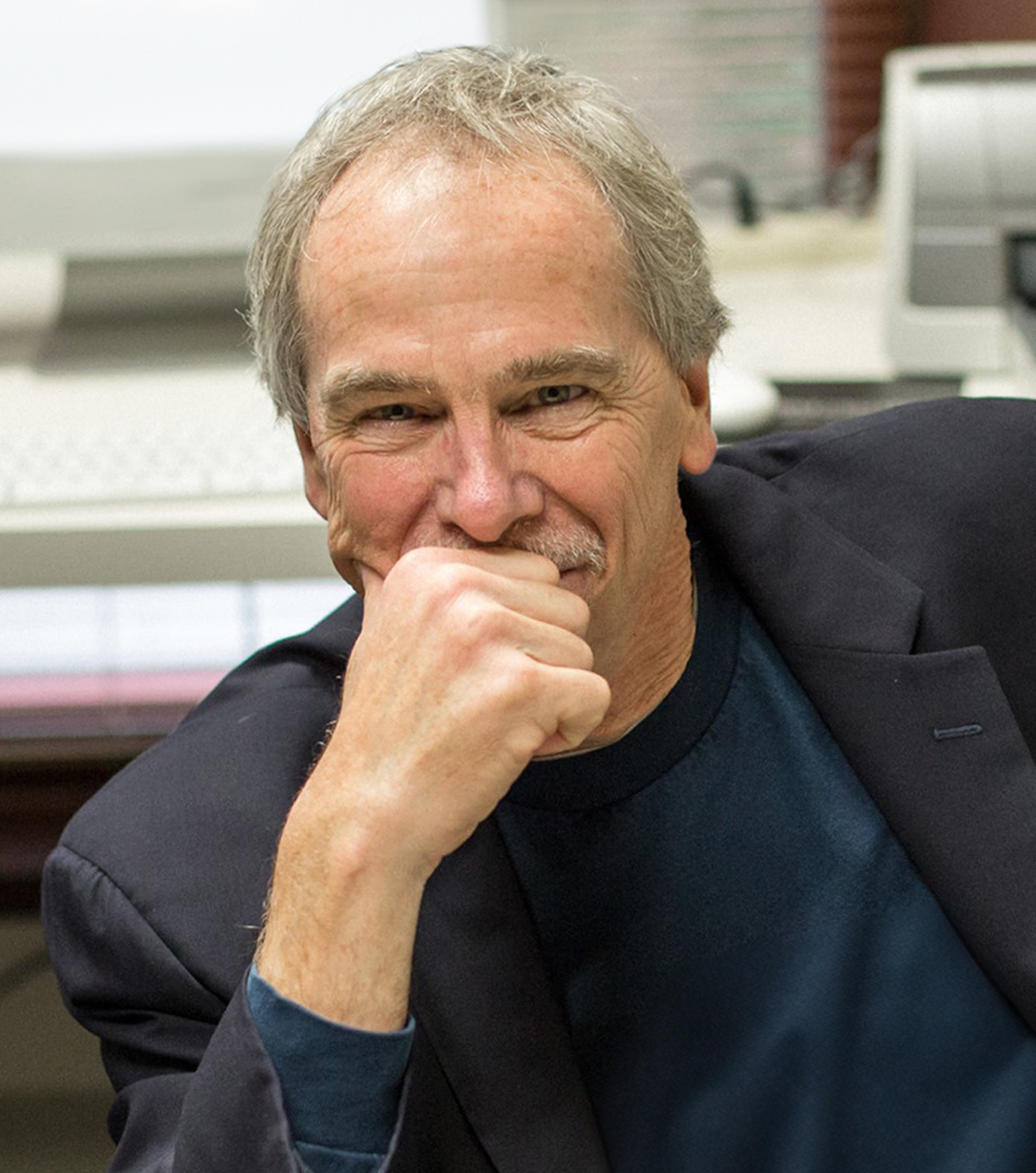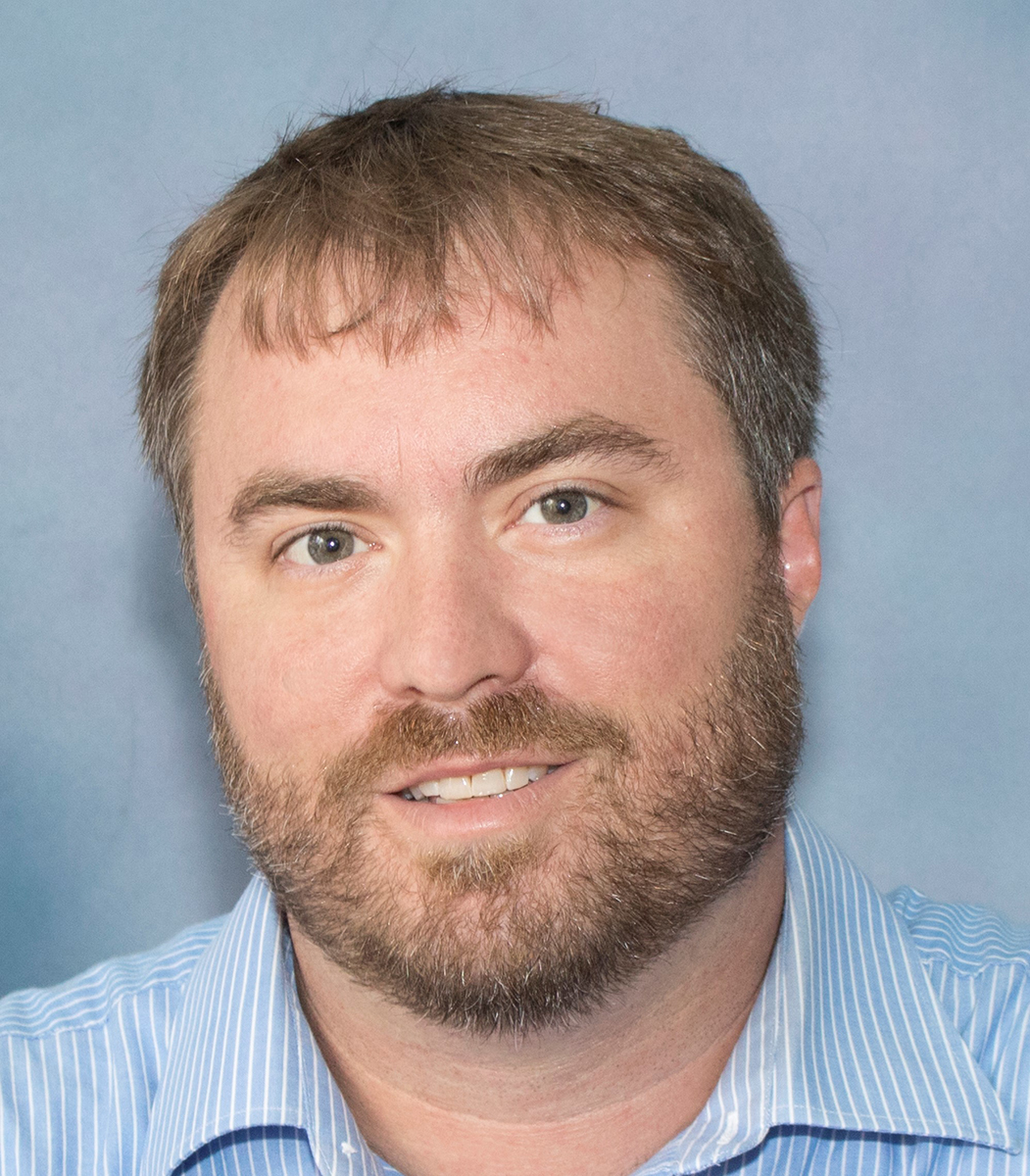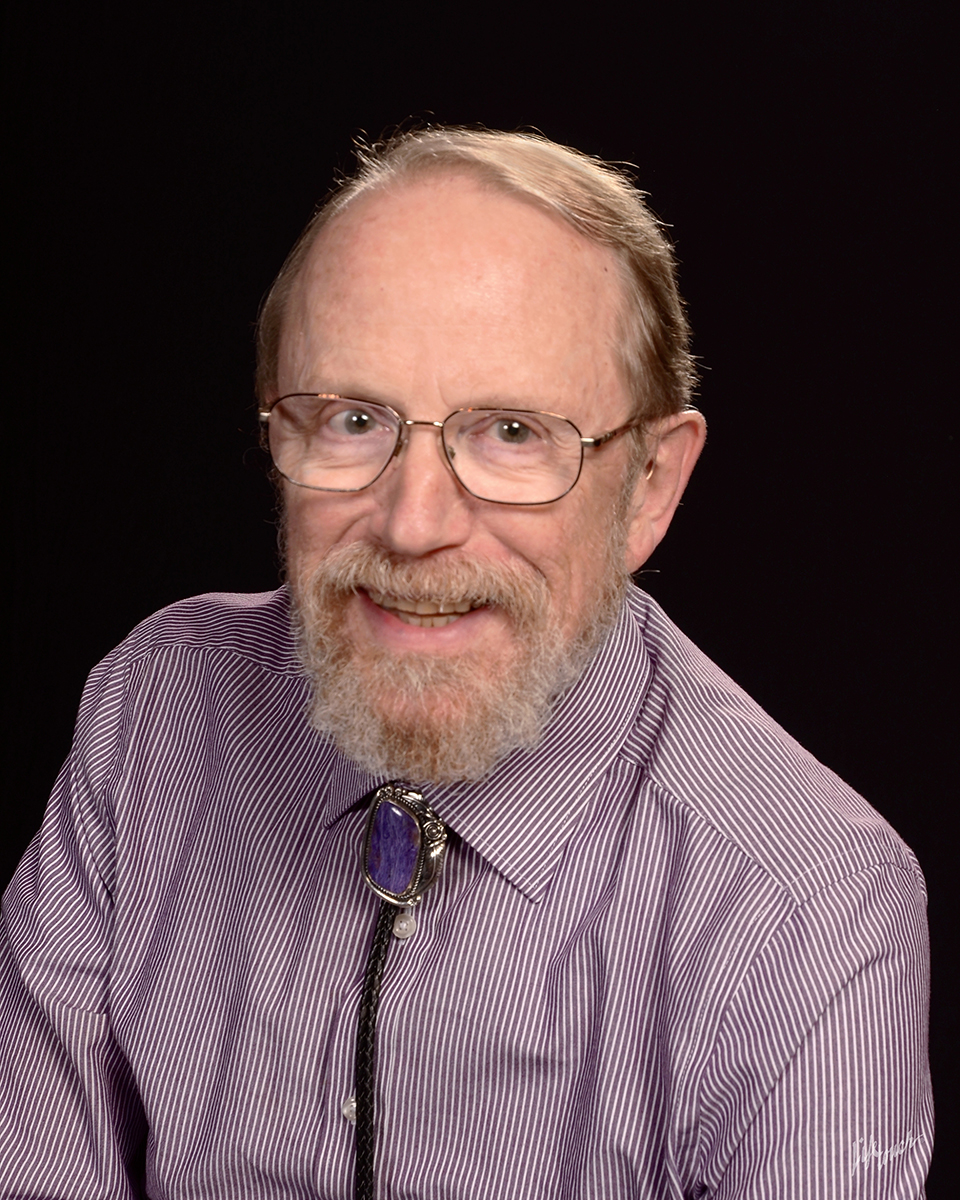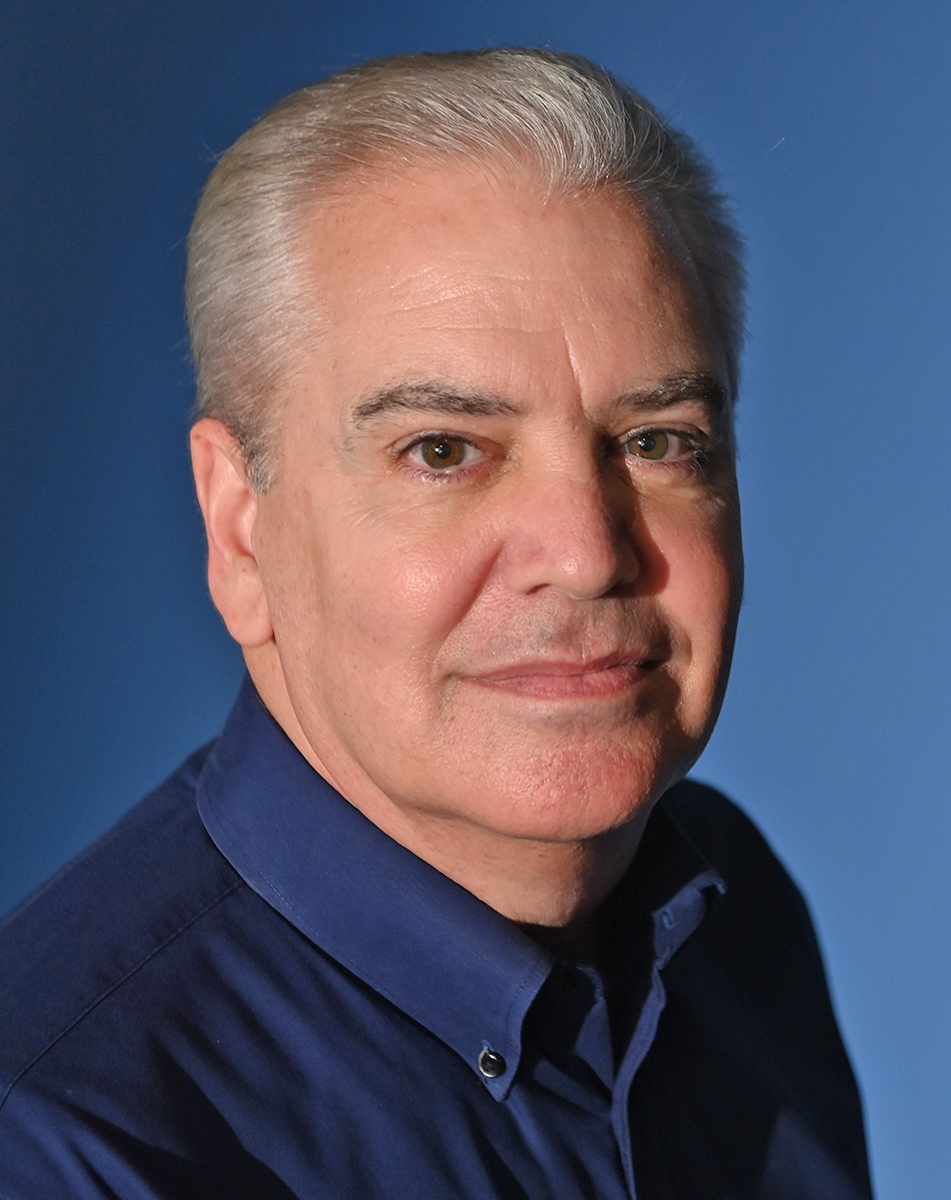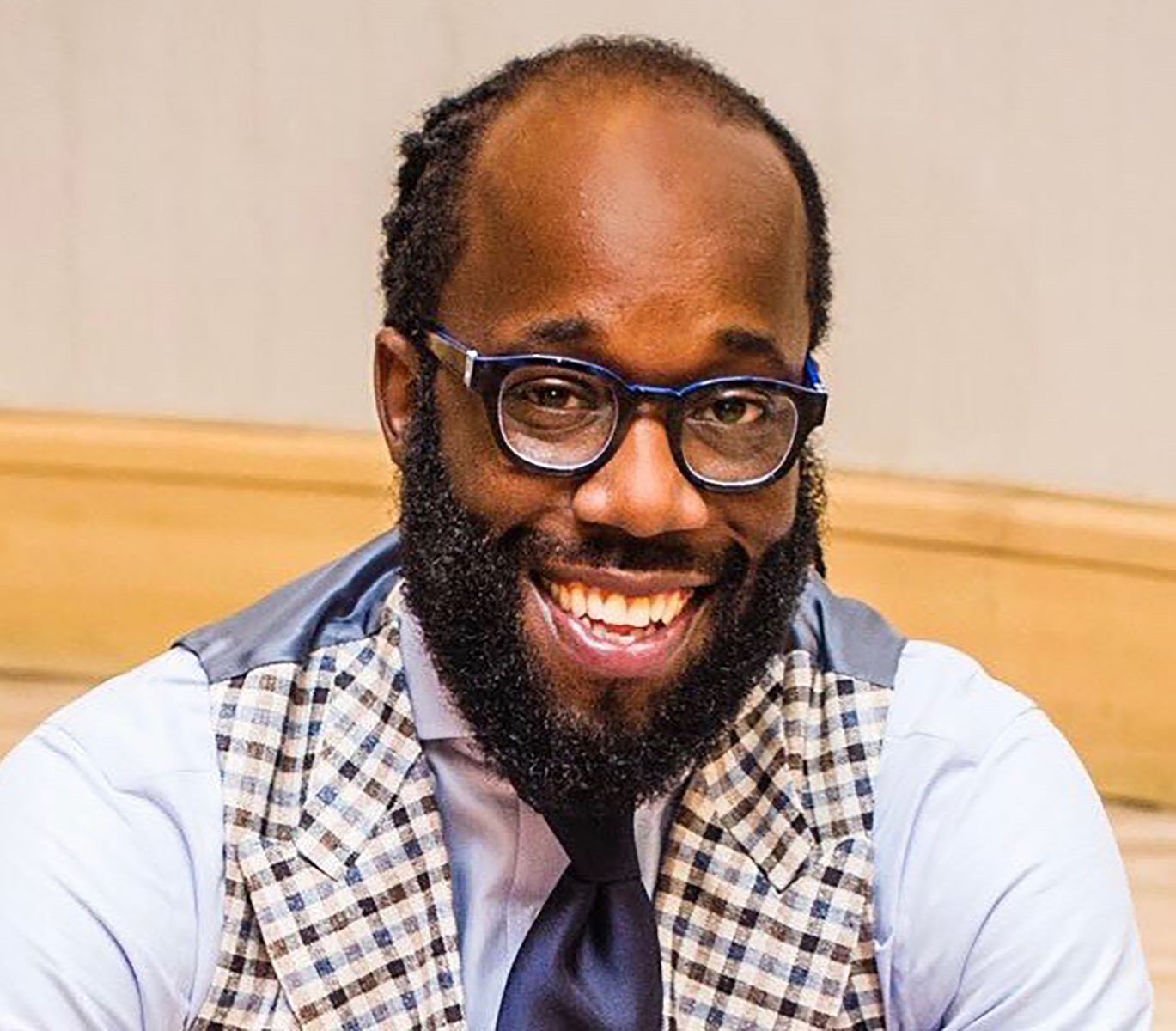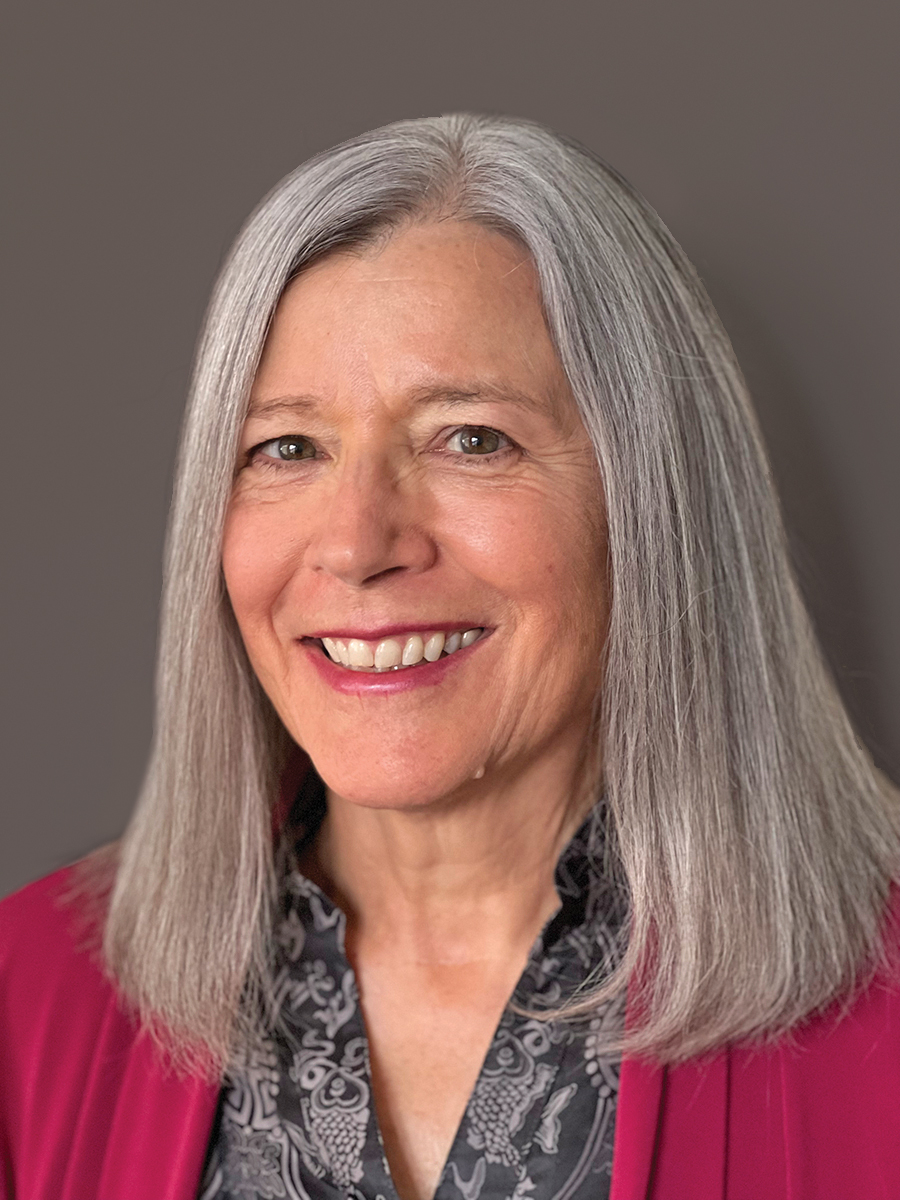Q&A with the Author
- The Coronavirus pandemic is difficult for everyone. Families with children on the autism spectrum face unique challenges. Do you have any advice or suggestions for helpful resources?
- What made you decide to write this book?
- What was the hardest part of writing it, and what was the easiest?
- What is one important lesson or message you hope readers take away from the book?
- Are there any other books that greatly influenced your writing process and/or your research?
- What led you to your specific area of study (the subject of your book)?
- Tell us one fascinating thing about the topic.
- Are there any common misconceptions about the topic?
- What made you decide to go into the field of mental health?
- When you are not working, what do you do for fun?
- What is your all-time favorite book?
- Is there a project that you are excited to work on next? (A presentation, a workshop, writing another book, etc.)
Helpful Resources
The Coronavirus pandemic is difficult for everyone. Families with children on the autism spectrum face unique challenges. Do you have any advice or suggestions for helpful resources?
When events, like the current COVID-19 pandemic occur, it impacts all of us but can also uniquely impact families and individuals with ASD. Here are some resources that may be helpful to address the unique impacts of social distancing, school closure, and sheltering-in-place scenarios around the country.
Autism Speaks has compiled and organized a comprehensive list of resources for the autism community. You can find that here.
For many children with ASD, disruptions to routines can be highly problematic. Trying to establish structures and consistency as much as possible can be very helpful. Visual schedules, social stories can be so helpful to conveying the structure and routine. There are some excellent visual tools and resources available from the University of Miami-Nova Southeastern University Center for Autism and Related Disabilities here.
Finding opportunities to practice and maintain social interactions is certainly more difficult in these times, but no less important. Video conferencing is a great way to connect and keep practicing those skills. Organizing those calls with structured activities, using a script or playing a game, depending on your child’s abilities, could be helpful.
Questions and concerns about school face us parents with the school closures across the nation. The IDEA website has up to date information and resources regarding accessibility, distance learning options, and civil rights information for students with disabilities.
With many therapies on hold, many of use parents face questions for how to organize and maintain the gains being made. The OT Toolbox has free tools, activities, and resources for Occupational, Speech and Physical Therapy to do at home with your family member with ASD.
And the final tip I’d recommend is focused on caregivers and parents. Please make sure take time (as difficult as this is) to support yourselves. By taking care of yourself, in whatever way is best for you, you will be a much more effective in the countless roles you play for your loved one with autism.
Tell us more about your latest book!
What made you decide to write this book?
Well, for starters, my kids started sleeping later on the weekends and after years of waking up early to play with them, my internal clock was set and immutable. So, I needed something to do with my early weekend mornings while everyone in my family was still asleep.
That was part of it, but in all seriousness, I decided to write What Science Tells Us about Autism Spectrum Disorder for a couple of different reasons. Those reasons stemmed from the themes that emerged from the different conversations I had with families as a clinician and clinical scientist. A lot of the questions I was asked by parents or family members of children diagnosed with autism concerned the things that they could do to help their child live his/her best life: “Are there interventions to help? Are there things we should look out for? How can we make school successful? How can we increase independence?” These same themes emerged from individuals themselves, when I would work with teens and adults with autism: “How can I be successful at work? How can I manage my worry/fears/depression/etc?” When I first started in the field of autism, back in the 90s, we had few responses to those questions. We had some ideas; but since then, science has made so many advances to help answer those types of questions. There are now so many things we can do to help individuals navigate the social world, develop skills they want, and to achieve their goals. So, I feel optimistic about the future and thought that putting some of those scientific advances on paper and sharing my own optimism about the future of autism would be helpful for others.
Another theme that emerged from the conversations that I had with individuals with autism and their loved ones was the amount of misinformation that exists about autism. From misunderstandings about the causes to confusion about treatments and supports, there is an information overload about autism. And most problematic is that navigating through the good, the bad, and the ugly is not easy. There are a couple of reasons for that. Autism is complex and so is the science about autism and as a result simple one-line explanations don’t do autism justice. Second, many claims about autism can sound convincing even when there is no evidence to support the claims and so it’s difficult to figure out what information is trustworthy. So, I wanted to compile the confusing science into a digestible, no-nonsense format that would be helpful for anyone interested in autism.
What was the hardest part of writing it, and what was the easiest?
Hmm. Let’s see, I’d say the hardest part about writing this book was trimming down all of the exciting findings in genetics, neuroscience, and clinical trials into digestible messages. When you type autism into PubMed (the free searchable index supported by the National Center for Biotechnology Information (NCBI) at the U.S. National Library of Medicine that references the biomedical literature) you’ll return 50,438 results (as of today). That’s a staggering 50,000+ scientific papers and references published in the 60 years since autism was first reported in the scientific literature! If you run the same search in Google, you get 206,000,000 results in 0.77 seconds. There is so much information out there. I really wanted 5000 pages of space in this book to share all of the exciting work happening in the field of autism. Figuring out how to condense the key pieces was the hardest part.
In contrast, the easiest part of writing this book was thinking about the relevant clinical situations that pertain to the topic. I have so many fond memories of the many families that I’ve worked with over the past two decades in the clinic and research lab.
What is one important lesson or message you hope readers take away from the book?
Hmm. If I had to pick one important message that I hope readers take away from this book, I’d say it’s that there is a reason for optimism. There are things we can do to help our children be their best selves (whether they are preschoolers or adults). There are everyday lifestyle changes that individuals and families can make that can have a significant impact on improving everyday life. We’ve come a long way. The perfect example of how far we’ve come is exemplified by this story from the mom of a now young adult with autism. After her daughter was evaluated for autism in the early 90s, she was handed a simple slip of paper with the word autism written on it. There weren’t options for supports, interventions, guidance, steps to take, ideas for where to go for help. Just a lone word on a piece of paper. We’ve come so far.
Are there any other books that greatly influenced your writing process and/or your research?
For the writing of this book, most of my influences were the scientific literature and my experiences in the clinic. However, a couple of books served as influencers. One was The Science and Fiction of Autism, by Laura Schreibman, which I appreciate given the range of information and misinformation out there about autism. A second was Getting Ahead of ADHD by my coauthor , Joel Nigg. Dr. Nigg and I share the clear goal of translating science into clinically meaningful steps families can take. A third book was written by my coauthor Geri Dawson. Dr. Dawson’s A Parent’s Guide to High Functioning Autism Spectrum Disorder is a family friendly book that focuses on clear, relevant information all grounded in science.
We are interested in learning more about your expertise.
What led you to your specific area of study (the subject of your book)?
The focus of my book is a direct melding of my two areas of work: the clinic and the research lab. So, really what led me to this specific focus was the recognition that the scientific field has not done a good enough job at communicating what scientific advances we’ve made in autism over the past couple of decades. And that means a lot of families are not getting the most useful information.
Tell us one fascinating thing about the topic.
For me, one fascinating thing about this topic is that autism is not just one thing. Autism is a whole bunch of things that we collectively call autism. In just the past ten years we’ve identified hundreds of genes related to autism. This is relevant because we know what many of these genes do. That is, we know the proteins that they code and what those proteins do in the brain. That understanding at the biological level helps us develop ways to support a given individual in the specific way that he or she may want or need based on that individual’s biology. That’s pretty exciting to think of the possibilities.
Are there any common misconceptions about the topic?
I think there are a lot of misconceptions about autism. Where does one begin? Let’s start with the notion that autism is just one thing. It’s for sure not. There is a saying in the autism world: if you’ve met one individual with autism…you’ve met one individual with autism. This common saying speaks to this. Another misconception is that if you have autism you don’t want to be around other people. Not true. Some individuals with autism may not want to be around other people very much, but others may want to be around others, but not have the skills to do so successfully. Another misconception is that people with autism have sensory overload and can’t handle sounds or touch. Again, this may be true for some individuals with autism, but not everyone. All of this goes back to the first notion: autism is not just one thing. There are a lot of misconceptions about the causes ranging of autism as well and they go as far back as the 1960s and the “refrigerator mother theory” which postulated that cold, aloof parenting caused autism. We know that genetics play a significant role in autism and science has identified many of the roughly thousand genes hypothesized to be involved with autism. We know that many of these genes are expressed very early in embryonic and fetal development, highlighting that for most individuals with autism, the developmental path toward a diagnosis begins prior to birth.
What made you decide to go into the field of mental health?
I look to three distinct experiences that guided me to the field of mental health and autism specifically. The first was that my parents instilled in me the importance of supporting others. The second experience was that while I was in college I was in a children’s theater group. Over the course of my four years in the theater troupe, I performed in over 250 plays (I also wrote and directed) across the Boston area in hospitals, schools, and shelters. I really enjoyed working with children and families. The third experience was after my first round of graduate school, when I was 23 years old, I worked as an individual and family therapist working with children with a range of behavioral disorders, such as ADHD, learning disabilities, and conduct problems. Across these very diverse children and families, I was intrigued by how children interacted socially with others. I then stumbled upon, by chance, the opportunity to work on a research study with an amazing scientist who was studying the genetics of autism. I instantly became fascinated by a biologically based disorder that is characterized by challenges with social interaction. And the second I met my first family participating in that study, who had two children with autism, I fell in love with the kids and never looked back.
Now a little bit about you…
When you are not working, what do you do for fun?
A lot of my fun is family fun now. I spend a lot of time on soccer sidelines, watching dance performances, and playing a lot of games at the kitchen table. When I’ve got my own time, I split it between mountain biking, running, working out, and writing. I enjoy writing even in my down time, but in my down time I like to write fiction instead of scientific papers, chapters, and books.
What is your all-time favorite book?
It’s so hard to choose one favorite, but I’d say Snow Crash, by Neal Stephenson. The book, published in the early 90s, has a great hero, named Hiro Protagonist, is set in a not so distant future where folks connect, communicate and shop in the metaverse (the internet of nowadays), in which Hiro has to find and defeat the villain trying to bring down society with a computer virus. I read this book (the first time) while a Peace Corps volunteer from 1999-2000. The fast-paced, computer heavy, internet-predicting book was a sharp contrast to my gentler-paced, village-focused, Peace Corps life in the Solomon Islands.
Is there a project that you are excited to work on next? (A presentation, a workshop, writing another book, etc.)
I’ve actually got three projects ongoing right now. The first is an expansion of chapters 9 and 10 of What Science Tells Us About Autism. I’m excited about focusing on transition age teens and adults with autism. The second is that I’m deep in my edits of a science fiction trilogy that I started writing when I was in the Peace Corps. The third project is that I’m working on an espionage thriller that pulls from my days in high school when I enjoyed role playing games. My guess is that I’ll finish the book on adults with autism before I finish the other two projects!
See all titles by and read more about Raphael A. Bernier on his author page!
